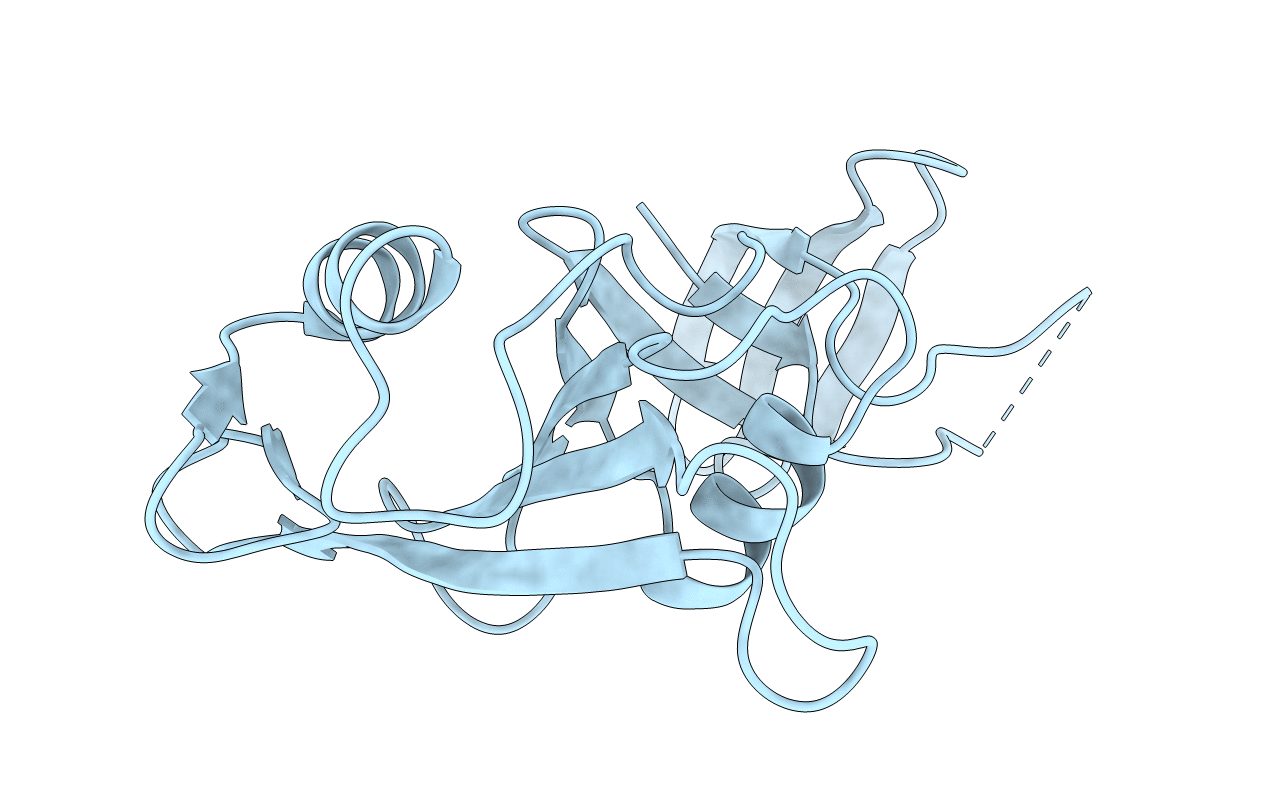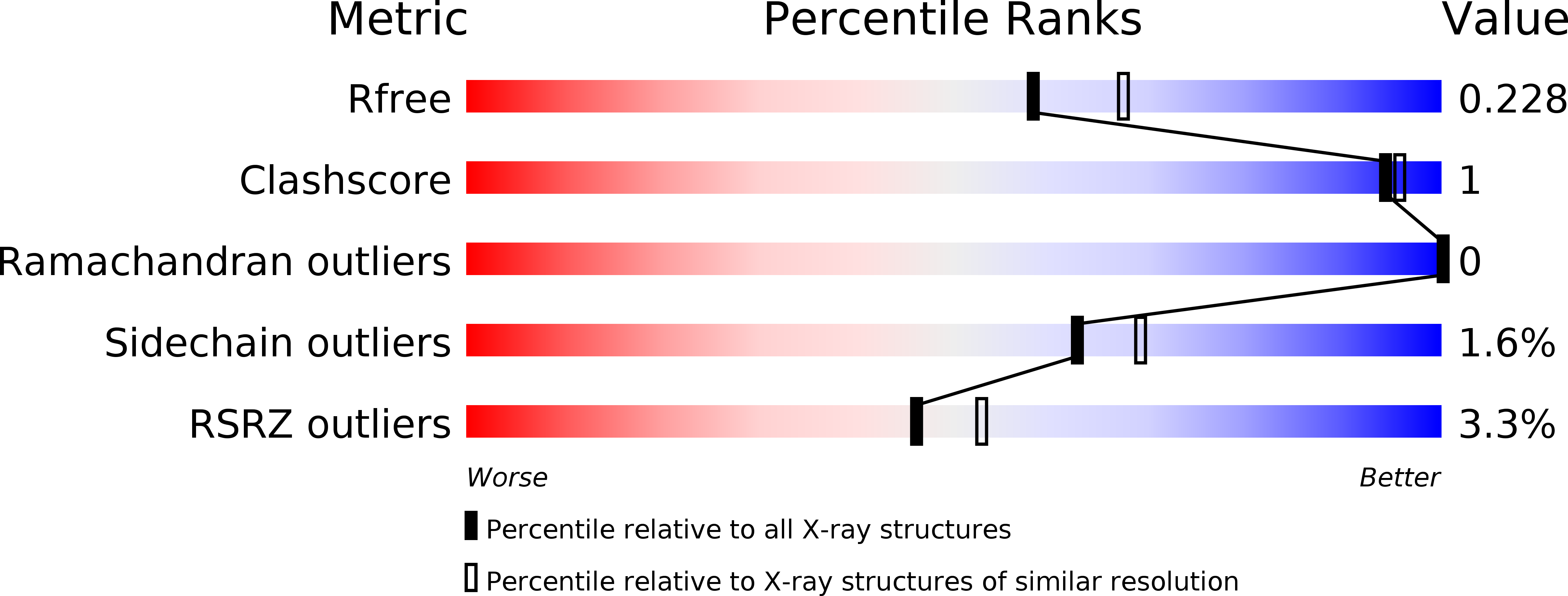
Deposition Date
2013-08-07
Release Date
2013-11-06
Last Version Date
2024-10-30
Entry Detail
PDB ID:
4M4Z
Keywords:
Title:
SH3 and SH2 domains of human Src-like adaptor protein 2 (SLAP2)
Biological Source:
Source Organism:
Homo sapiens (Taxon ID: 9606)
Host Organism:
Method Details:
Experimental Method:
Resolution:
2.10 Å
R-Value Free:
0.22
R-Value Work:
0.18
R-Value Observed:
0.18
Space Group:
P 1 21 1


